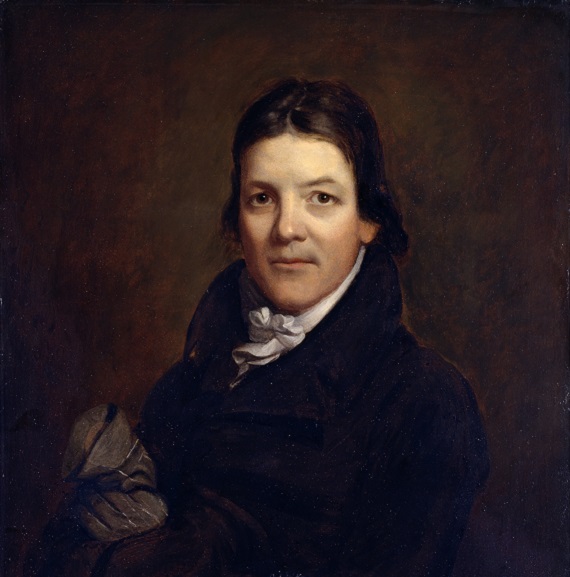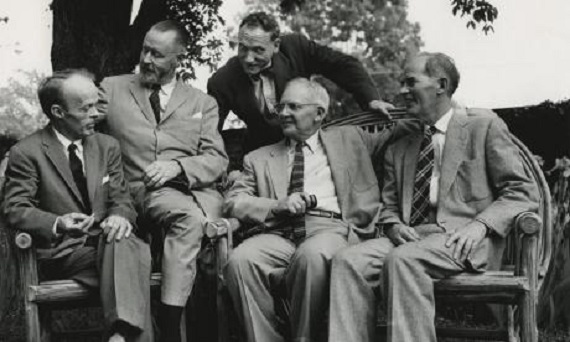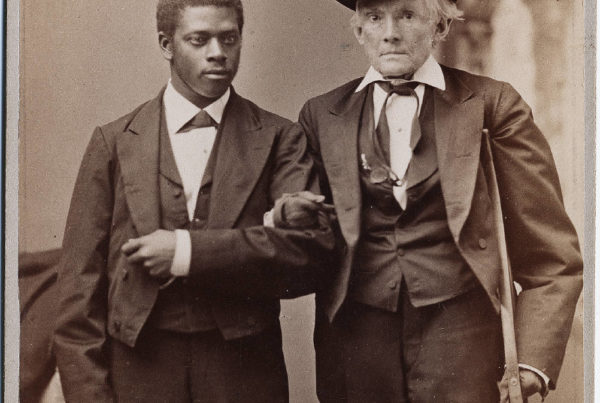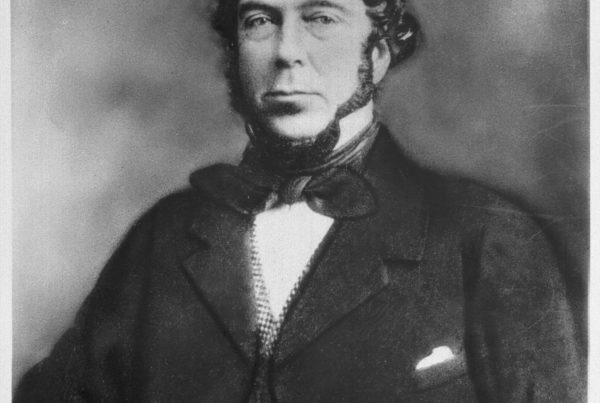With the destructive evil of centralized power becoming every day more evident and 10th Amendment resolutions appearing in various State capitals, publication this month of the second volume of Professor W. Kirk Wood’s magisterial three-volume “Nullification:A Constitutional History, 1776-1833” is serendipitous.
For the first time in a half century and long past due, serious people are beginning to search for ways that the famous “checks and balances” of the American constitutional order might be invoked against a regime which recognizes no limits to its power. Such a search leads naturally to a new look at accepted history and “law.” Prof. Wood, whose knowledge of the primary documents of early American history is astounding and incomparable, has marshaled overwhelming evidence on the matter.
There is not the least doubt in the mind of any HONEST person who has studied the record, that the preponderance of people who framed and ratified the Constitution intended to form a more perfect Union “for the United States of America,” not to establish a United State, a sovereign national power. This understanding was reemphasized in the first Ten Amendments, clearly stipulated restrictions on the powers of the central apparatus. The understanding was sealed in concrete, so people mistakenly believed, when Jefferson and his party took office on “the principles of 1798,” the unequivocal declarations by Virginia and Kentucky of their right to block acts of the central government that exceeded its delegated powers.
True, there was an element among the Founders who wanted an unchecked central power. Like every other push for more centralized power since, the primary motive of the Hamiltonians was rent-seeking. But, of course, rent-seekers always portray their agenda as essential for some good purpose—general prosperity, equality, national defense, or some other alleged social good. But so strong was the allegiance to a confederal understanding of the Constitutional regime, that the central power men had to lie about their intentions. In power Hamilton began to push actions that he had argued in the deceitful polemic, The Federalist, that the central government would never, ever do.
Professor Wood’s evidence is not likely to influence academic historians, political scientists, and law professors. With a few exceptions they are not interested in evidence, only in fashion. False and even childishly superficial arguments about our history and the Constitution flourish today and have long done so. The assertion that Americans’ “original intentions” were a centralized state has always rested upon coercion, chutzpah, and lies. The most egregious being when Lincoln declared the deliberate, open, democratic, and constitutional acts of secession of the Southern states to be mere “combinations” of criminals too numerous to be arrested by the marshals.
The centralists made a great rhetorical coup when they formed the argument so that their version of the Constitution seems the natural, unquestionable one, and the position of the critics is merely “a compact theory” made up after the fact by bad people for evil purposes. Wood’s evidence makes it clear that the opposite was the case. It was the centralists who made up theory post facto against established understanding. Their theory was bolstered by semantics and false history. James Madison was not the “Father of the Constitution” but a weaselly trimmer who constantly contradicted himself. Which is why he is the hero of every bad historian, “political philosopher,” and tyrannical judge in the land. Daniel Webster did NOT win the famous debate with Robert Hayne of South Carolina on State rights. In the Senate and in public opinion Webster was the loser. He became the winner only by subsequent propaganda. South Carolina’s bold nullification of the tariff in 1832, against nearly the entire American establishment, is always stated by the historians to be a failure. But it accomplished its purpose— to bring down the rate of taxation.
There is a large American anti-centralist literature, entirely persuasive to anyone who will study it, which of course eliminates most American “scholars.” Jefferson, Randolph of Roanoke, Taylor of Caroline, William Rawle, St. George Tucker, John C. Calhoun, Albert T. Bledsoe, Alexander Stephens, and the 20th century work of James J. Kilpatrick recently discussed here all make an irrefutable case. But never has the evidence been so massively gathered and deployed as in Wood’s Nullification: A Constitutional History. He shows an unequaled knowledge of the primary sources and of historians and their errors.
It is good to have this ammunition in our arsenal. An interest in devolution has been modestly flourishing and, it would appear, steadily increasing in recent years. Not only the Tenth Amendment resolutions, but the Free Vermont Republic, the Middlebury Institute, the Abbeville Institute, the Southern National Congress, the Ludwig von Mises Institute, and other groups have achieved what was only a short time ago unthinkable— a serious discussion of checking and even escaping from the jaws of Leviathan by asserting the long dormant power of the people of the States —the multiple sovereigns who created the United States and gave it all the legitimacy that it has. When you speak of secession, devolution, nullification these days you no longer receive derisive hoots but rather looks of serious if puzzled interest.
One of the greatest of American sages and most effective critics of centralized power, John Taylor of Caroline, wrote that States do not have rights. People have rights. States are instruments by which the people may assert their rights against usurpers and oppressors. Little noticed in the national media, the governor of South Carolina, Mark Sanford, has been embattled with the federal power and the interest groups of his own State. He is insisting that any money received from the federal”stimulus” bounty be used to pay off debt rather than be poured down the black hole of public “education.” The controversy is at this writing not settled, and Governor Sanford will probably lose. But it is a start.
Meanwhile, promoters of 10th Amendment resolutions need to understand that the 10th Amendment does not enforce itself. Nor will it ever be recognized by any of the three branches of the central apparatus or existing political parties. It will have to be enforced by the people of the States whose freedom it was intended to protect.







I’ve been talking about this topic to anyone who’ll listen for over 3 years. We need for like minded states to band together for mutual defense – again.
https://ncc-1776.org/archives/tle2021/tle1100-20210110-04.html